Completely enclosed by forest with a great diversity of precious trees as well as rare and endangered animal species inhabiting the area, Ke Go Natural Reserve has become a highly valuable tourist location in Ha Tinh.
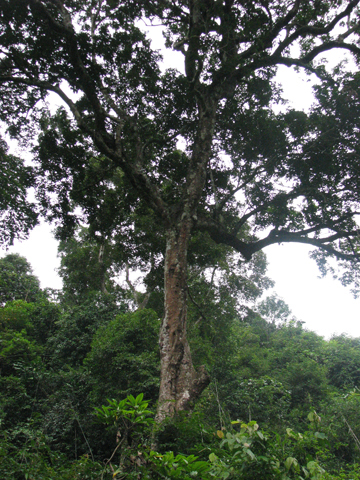 |
| Rare timber trees are still found in Ke Go Nature Reserve. |
Ke Go was originally the name of an ancient Vietnamese village in My Due Commune (now Cam My Commune, Cam Xuyen District, Ha Tinh Province), which is about 20 kilometres south of Ha Tinh City. The old village was located along the river bank of the Rao Cai River. Hundreds of small streams from Truong Son Range gather here in this huge river, a river that has supported the life of its locals for generations. However, it can also be wild and raging bringing great danger to people during the rainy season every year.
Since the early twentieth century, a dam was expected to be built by the French in Vietnam, but due to World War II and later the Indochina War, the construction was stopped. Finally, on March 26, 1976, when Vietnam was reunified as one nation, the dam was built and completed by Vietnamese irrigation companies. It was named Ke Go and put into use on February 3, 1988.
Ke Go Lake is located in the area of 3 districts; Cam Xuyen, Ky Anh and Huong Khe. The lake is a large irrigation work with the water volume of 350 million cubic metres, enough water supply for almost 17,000 hectares of rice distributed in districts Thach Ha and Cam Xuyen, Ha Tinh Commune and north of Ky Anh District. At 30 kilometres in length, the lake also provides an abundant source of food supply for the locals.
As well as its practical use, the lake is a highlighted feature of the Nature Reserve. The reserve is the largest among its kind in the central area of Vietnam, covering a natural area of 35 hectares with many timber trees that are listed in the Vietnam Red Book such as green ironwood, meranti, red-wood, and frankincense. The rich and diverse flora of the reserve is representative of the flora in northern Vietnam, South China, Indonesia, Malaysia and the Himalayas.
Until now, 364 vertebrate animal species have been found in the Ke Go Nature Resrve. White-tailed wattle pheasant, one of the three endemic pheasant types of Vietnam, is currently at risk of extinction. Among 47 mammal species here, 18 were recorded in the Vietnam Red Book and world Red List. Ke Go Forest is home to many beautiful and different types of flowers such as magnolias and orchids.
The lake also has numerous oasis. Ke Go has been visited and studied by both national and international scientists. Ha Tinh authorities are calling for investment to turn the Ke Go Lake area and Ke Go Nature Reserve into an eco-tourism area with complete services.
Below are some photos captured at Ke Go Nature Reserve.

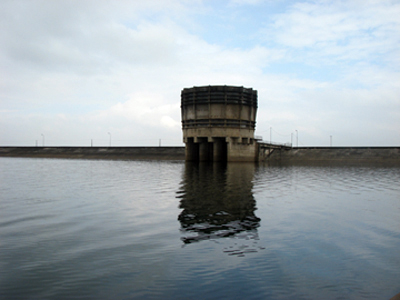

Boat used to cross the lake.

Small oasis are a special feature of the reserve.

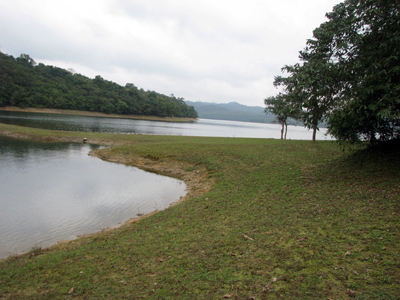
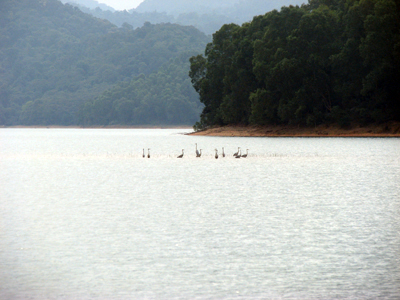
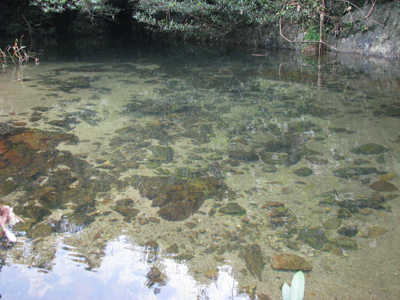
Stream water is crystall clear.
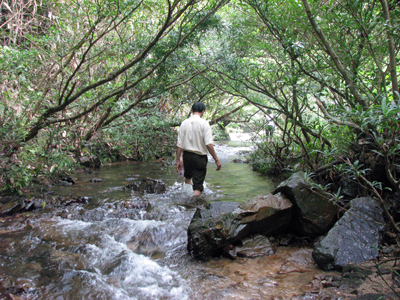
Wading through the stream.
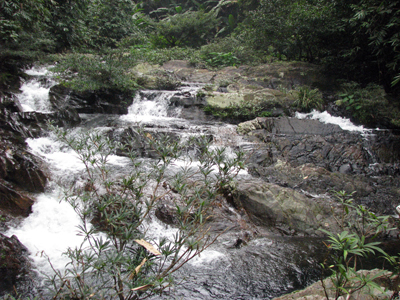
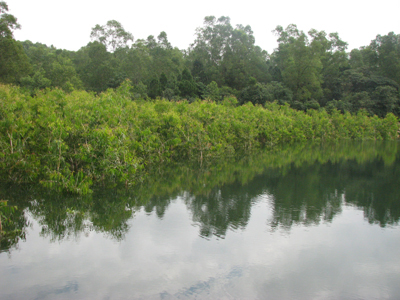
Forest half-immersed in water contributes to the ecological diversity.
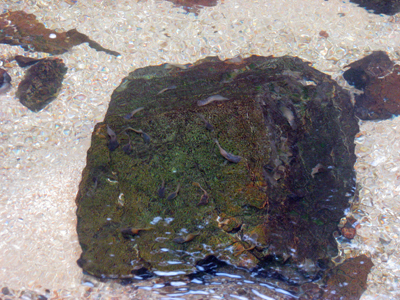
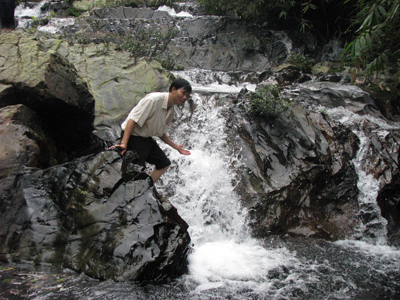
Khe Xai Waterfall.
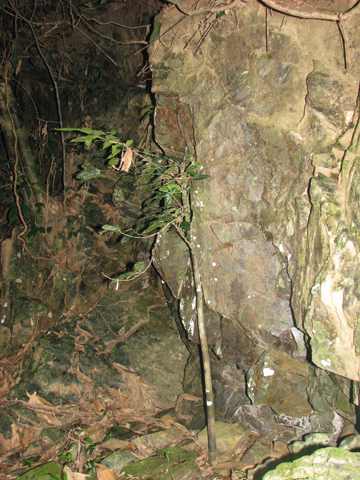
Many caves are also an attraction.
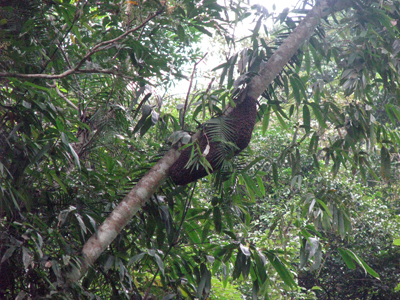
Honey from the bee hives in the reserve is a significant source of income to many locals.

Leave your comment on this story